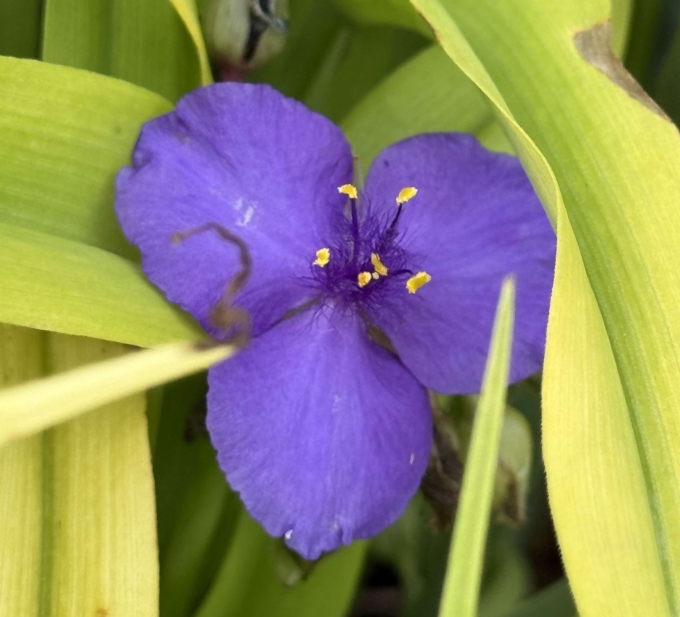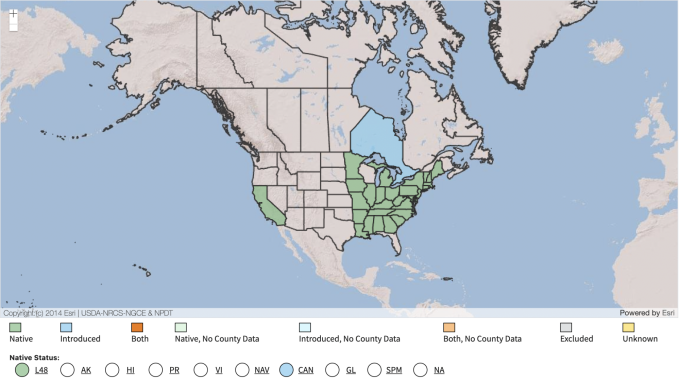Common Name: Virginia Spiderwort
Family: Commelinaceae
Plant Type: Herbaceous Perennial
Hardiness Zones: 4–9
Height: 1.5 to 3.0 feet
Spread: 1.5 to 2.0 feet
Bloom Time: May to July (intermittent rebloom possible)
Bloom Description: Blue to violet-purple (sometimes pink or white)
Sun Exposure: Full sun to part shade
Water Needs: Medium
Soil Preference: Moist, well-drained; tolerates clay and average garden soils
Maintenance Level: Low to Medium
Suggested Use: Pollinator gardens, rain gardens, naturalized areas, borders
Attracts: Bees, especially bumblebees
Tolerates: Deer, drought, clay soil
Notable Features: Unique triangular blooms, long bloom period, clump-forming habit
Native Range:
Native to eastern and central North America, including Nebraska, where it grows naturally in prairies, woodland edges, and roadsides. It is among the most adaptable and durable native perennials for Midwestern landscapes.
Nebraska Growing Notes:
Performs best in full morning sun with some afternoon shade, especially in hot, dry regions. Adaptable to a variety of soil types, including clay, and responds well to cutting back after blooming to refresh foliage and promote tidiness or rebloom.
Landscape Use:
Excellent for naturalistic plantings, native borders, rain gardens, or transitional zones between shade and sun. Works well mixed with coneflowers, baptisia, and coreopsis.
Caution:
Can spread by self-seeding and clumping, which may require division every few years to control its footprint. Foliage may decline in heat or after bloom, cut back for rejuvenation.


